Dry cleaning for water based paint
This type of paint is the most sensitive to moisture. Therefore, if the painted wall has lost its former attractiveness, then light pollution (dust or cobwebs) can be removed with the most common pipidaster. For the same purposes, you can use a broom, which must be wrapped in dry gauze and brushed off the dirt.
If you come across complex spot, you can use a dry soft foam sponge. It is important not to press hard to avoid rubbing off the paint layer. IN most extreme cases, the sponge can be slightly moistened in a mild soapy solution and clean the dirt with gentle movements.
Soap for water dispersion paints
Walls painted with water dispersion paint are less susceptible to wet cleaning, so they can be washed, but very carefully, otherwise the paint layer can be damaged.
The most effective detergent for washing water-dispersed paints, the most common soap is used, or rather, a soap solution.
To prepare the solution you will need a coarse grater on which you need to grate 50 grams of laundry soap into a container for 500 milliliters of clean and almost hot water.
For washing walls you will need a medium hard sponge. Remember that you cannot use cloths and sponges in this case.
To remove excess moisture and water from the wall surface use paper towels, napkins, toilet paper.
Wall washing process:
- dry clean first;
- then wet the sponge in soapy water and moisten the problem area with it;
- beat the soap solution into a lather and apply the lather to the moistened area;
- rinse the brush in clean water;
- remove dirty foam with a clean brush;
- blot the wet area on the wall with a paper towel.
Important! In the process of washing, do not rub the wall with a brush or paper towel!
Ammonium for oil and alkyd enamel
On such a surface there is a strong and dense film that is resistant not only to moisture and water, but also to mechanical stress. Therefore, such walls can be safely washed, but it is not recommended to use soap, soda or washing powders for this.
An excellent remedy for oil and alkyd enamel is an aqueous solution of ammonia, which can be prepared at the rate of 1 tablespoon per 1 liter of warm water.
The process of washing the walls is simple - it is necessary to blot the sponge in a solution of ammonia and with its help rub the place of pollution.
If the ammonia did not help, then you can try fresh potatoes, the tuber of which must be grated on a fine grater, after which, put the gruel on a sponge and rub the place of pollution with it.
Soda for latex paints
Dirt from latex, acrylic and silicone coatings can be removed with almost any non-aggressive detergent. However, the real panacea is baking soda, which, in the form of a gruel, can cope even with stubborn dirt.
For cleaning more extensive dirt, you can use solution for the preparation of which you will need:
- 3 l. clean water at room temperature;
- 100 g baking soda;
- 50 ml. ammonia.
Important! Always wear rubber gloves to protect your hands!
Starch against food residues
Oily stains from food residues can appear on the surface of the wall, especially near the hob, dining table and switches. You can remove them using starch:
- We remove the remnants of food with light movements so as not to smudge the stain;
- pour starch on a dry napkin;
- we apply it to the greasy spot.
You can rub it lightly. If starch is not at hand, then talcum powder will do.
Alcohol wipes from rust and ink
Alcohol wipes today have ceased to be an exclusively medical product and have become a universal tool with which you can wipe away even traces of rust and ink from the surface of a painted wall.
Important! In the absence of alcohol wipes, you can use regular wipes dipped in rubbing alcohol or vodka. It is not recommended to rub the wall surface too much!
How to wash without streaks?
In order to prevent streaks on the walls after washing, it is necessary to observe simple rules:
- If the product is new, then test it on an inconspicuous section of the wall;
- First, apply the products to the sponge / brush and only then to the wall;
- Prepare paper towels, napkins and toilet paper for blotting in advance;
- The process of washing the walls always starts from the bottom;
- The smudges that appear are immediately removed;
- Dirty liquid and foam are not reused.
By following the above guidelines, your walls will always be as good as new, and dirt spots will no longer cause headaches. Also, do not forget about regular cleaning, because preventing a problem is easier than solving it.

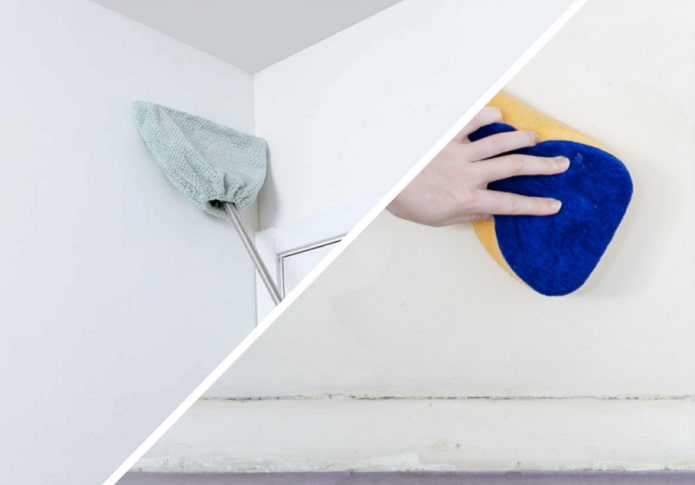
 10 practical tips for arranging a small kitchen in the country
10 practical tips for arranging a small kitchen in the country
 12 simple ideas for a small garden that will make it visually spacious
12 simple ideas for a small garden that will make it visually spacious

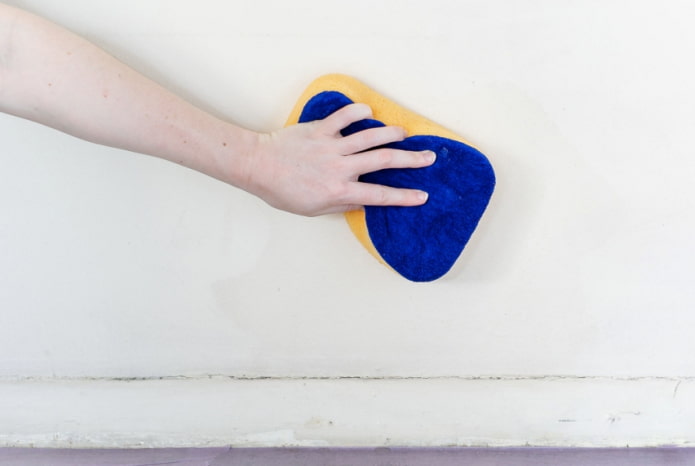
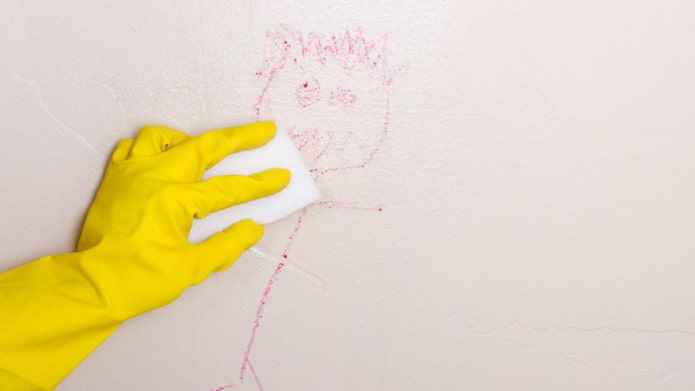
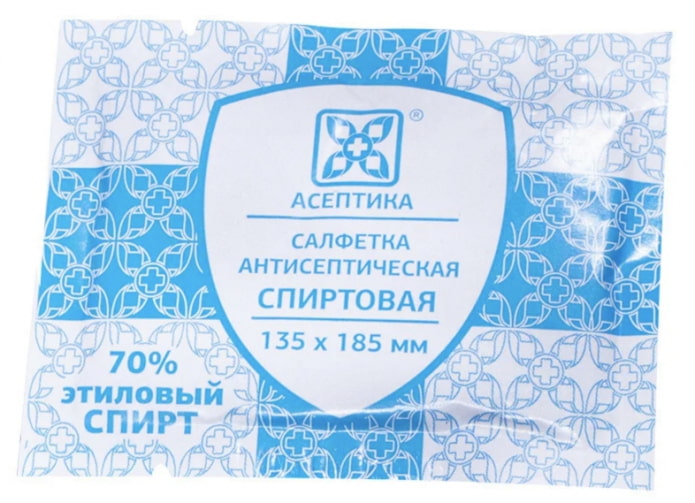
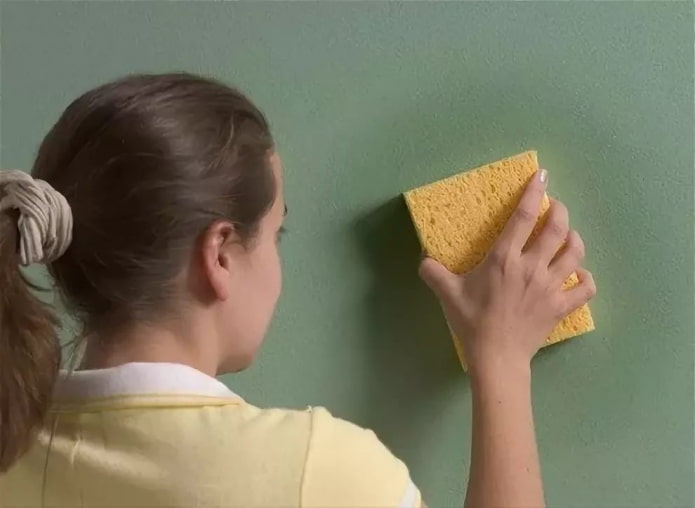

 What is better not to do it yourself during the repair?
What is better not to do it yourself during the repair? Bloated linoleum: how to fix it without disassembly
Bloated linoleum: how to fix it without disassembly The worst decisions in apartment renovation
The worst decisions in apartment renovation  Installation of ceiling tiles: choice of materials, preparation, order of work
Installation of ceiling tiles: choice of materials, preparation, order of work How to glue a ceiling plinth to a stretch ceiling?
How to glue a ceiling plinth to a stretch ceiling? Ceiling plinth for stretch ceiling: types, recommendations for selection
Ceiling plinth for stretch ceiling: types, recommendations for selection